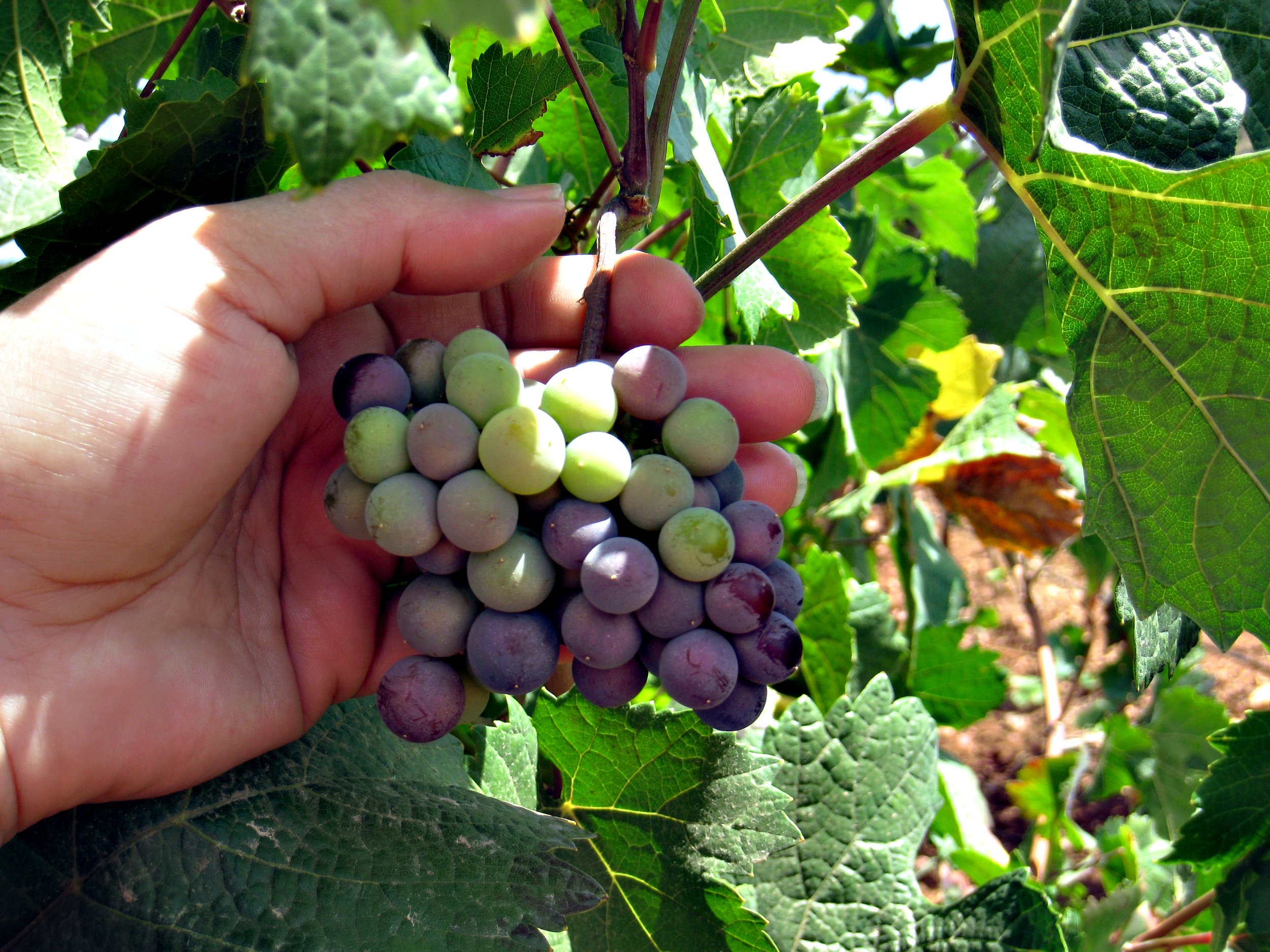Well, maybe you haven't ever wondered about the life cycle of a wine grape. Wine making is typically the process that gets all of the attention. And, yes, it's amazing that grapes can be turned into such complex wines. The process of growing the grapes tends to take a backseat to the wine making process. But, it's an equally fascinating process that should not be overlooked. So, let take a look at the farming side of wine making.
Grapes are perennials. You only plant them once and they sprout, grow, bloom and produce fruit. And, they repeat that cycle year after year.
So, let's jump into the cycle and start with Winter. This is the point where all the fruit has been harvested and all the leaves drop. The grape vine is bare. This is the time when pruning is done. The canes, which are 'branches' that extend from the crown of the trunk, are cut back in order to ensure the best ones remain for the growing cycle. Not surprisingly, this is a very labor-intensive process.
In the Spring, buds begin to form on the canes. "Bud Break" is a very exciting time for grape growers as it's the first indication of the health of the coming crop. And, again, some pruning is done to ensure the vines are growing properly.
Then, Spring flowering occurs. And what's amazing is that grape vines are self-pollinating! No need for bees! I'll leave that topic for another time, but it's quite interesting how this came about.
By Summer, the flowers have become berries. Yes, grapes are berries! Now you begin to see the first signs of grape clusters. In late Summer, the green grapes being to start changing color and ripen. This is called Veraison (Verre-ray-shun). Now, the bunches of grapes take on those wonderful colors of yellow, pink, and purple.
Finally, Fall comes around and it's harvest time. Grape growers and wine makers become very focused on the sugar levels of the grapes (Brix) as they ripen. Once the grapes reach just the right level of ripeness, they are quickly harvested. Unlike other fruits, grapes don't continue to ripen once picked. So, you have to get it right.
Then, Winter comes around again, the vines lose all their leaves and the vines go dormant. And, the cycle starts all over again.
So, next time you focus your attention on a particularly wonderful wine, remember that a lot of things must have gone very well in the vineyard to produce the grapes that became the wine. Cheers!


